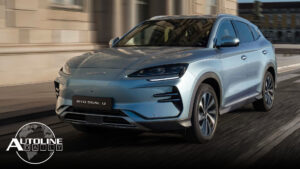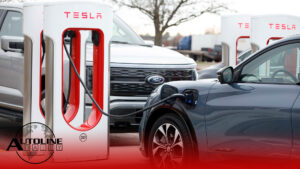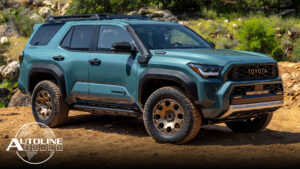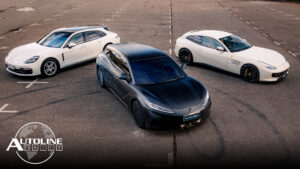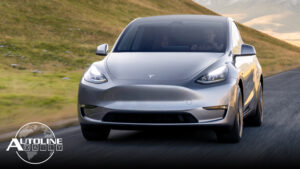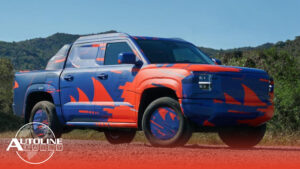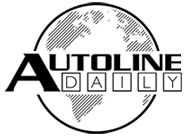
Autoline Daily
Get an inside look at the global auto business with Autoline Daily. From the morning’s top news to in-depth industry analysis, Autoline Daily covers the auto beat like no other media. Available every weekday, it’s your outlet for the latest industry buzz.
AD #3790 – Tesla Axes 10% Of Workforce, Slashes FSD Price; UAW Votes at VW This Week; Magna to Test Humanoid Robots
April 15, 2024
Listen to “AD #3790 – Tesla Axes 10% Of Workforce, Slashes FSD Price; UAW Votes at VW This Week; Magna...
AD #3789 – Study: BYD Received $3.7 Billion In Subsidies; Chinese EVs Piling Up in EU Ports; India States Try to Lure Tesla Plant
April 12, 2024
Listen to “AD #3789 – Study: BYD Received $3.7 Billion In Subsidies; Chinese EVs Piling Up in EU Ports;...
AD #3788 – Tesla Superchargers Generate Big Bucks; PHEVs Emit Far More Emissions Than Claimed; Diesel Owners Drive the Most
April 11, 2024
Listen to “AD #3788 – Tesla Superchargers Generate Big Bucks; PHEVs Emit Far More Emissions Than Claimed;...
AD #3787 – Toyota Reveals All-New 4Runner; BMW EV Sales Up 40% In Q1; China Closing Idled Car Plants
April 10, 2024
Listen to “AD #3787 – Toyota Reveals All-New 4Runner; BMW EV Sales Up 40% In Q1; China Closing Idled Car...
AD #3786 – BYD Makes More Per Car Than Ford; Tesla Slashes Supercharger Install Time; Ford Dropping Direct Sales in Europe
April 9, 2024
Listen to “AD #3786 – BYD Makes More Per Car Than Ford; Tesla Slashes Supercharger Install Time; Ford...
AD #3785 – BYD Targets Premium Segment in Europe; Tesla Robotaxi To Be Revealed in August; GM Part of Group Developing Lunar Rover
April 8, 2024
Listen to “AD #3785 – BYD Targets Premium Segment in Europe; Tesla Robotaxi To Be Revealed in August; GM...
AD #3784 – Tesla Slashes Prices to Unload Inventory; Ford Delays Key EV Launches; 57 Global Sites = 80% GHG Emissions
April 5, 2024
Listen to “AD #3784 – Tesla Slashes Prices to Unload Inventory; Ford Delays Key EV Launches; 57 Global...
AD #3783 – BYD Jumping Into Pickups; Ford EVs & Hybrids Power Q1 Sales; May Mobility Targets 60% Profit Margins
April 4, 2024
Listen to “AD #3783 – BYD Jumping Into Pickups; Ford EVs and Hybrids Power Q1 Sales; May Mobility Targets...





